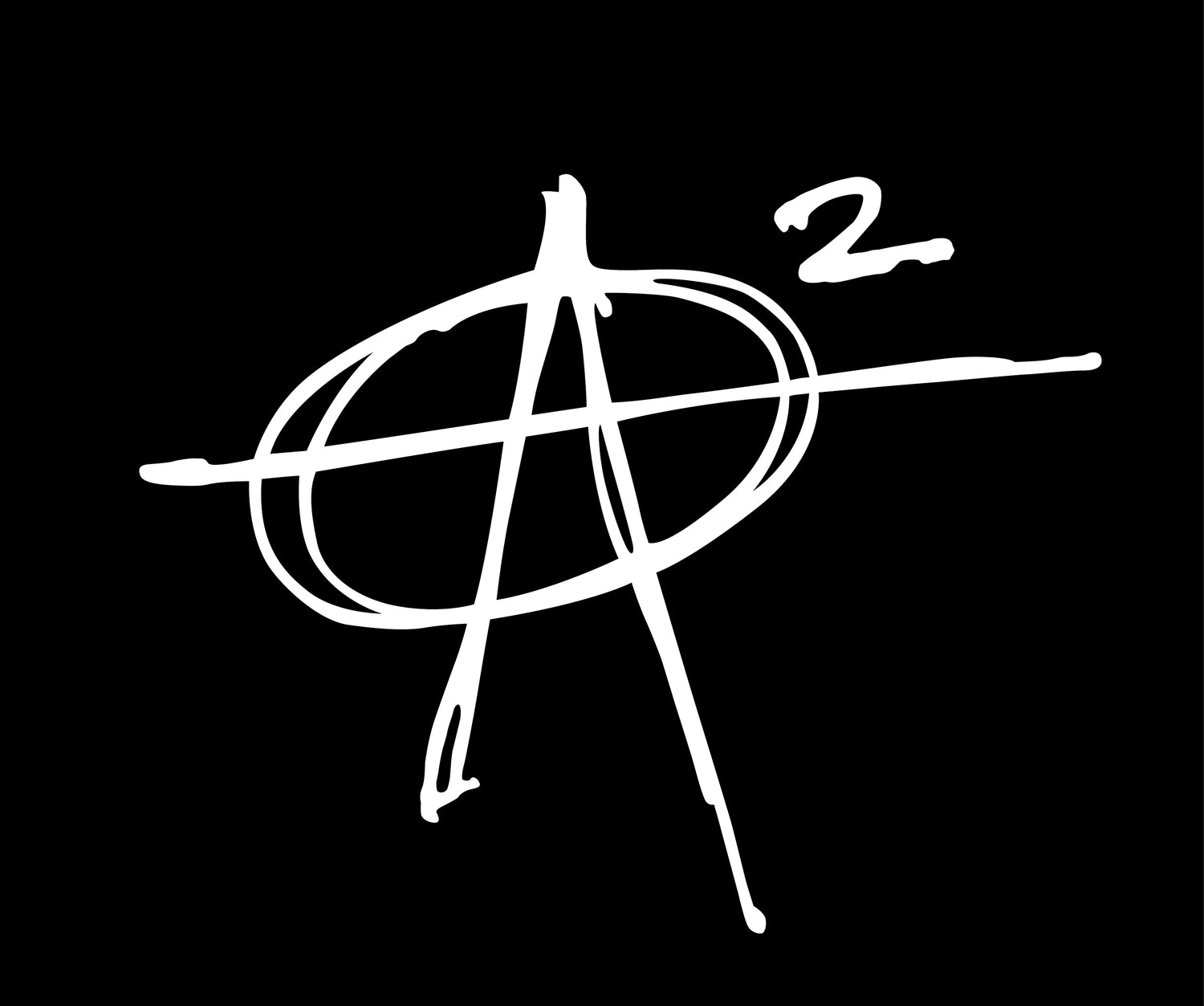
holiday closure
Happy holidays everyone. From all of us here at Aroundsquare, we want to thank you for your support throughout this past year!
The store will be closed until January 2nd, 2026 .
If your itching for a mid-holiday fix, check out our partners' aroundsquare.io site, which ships worldwide and will remain live during the break.